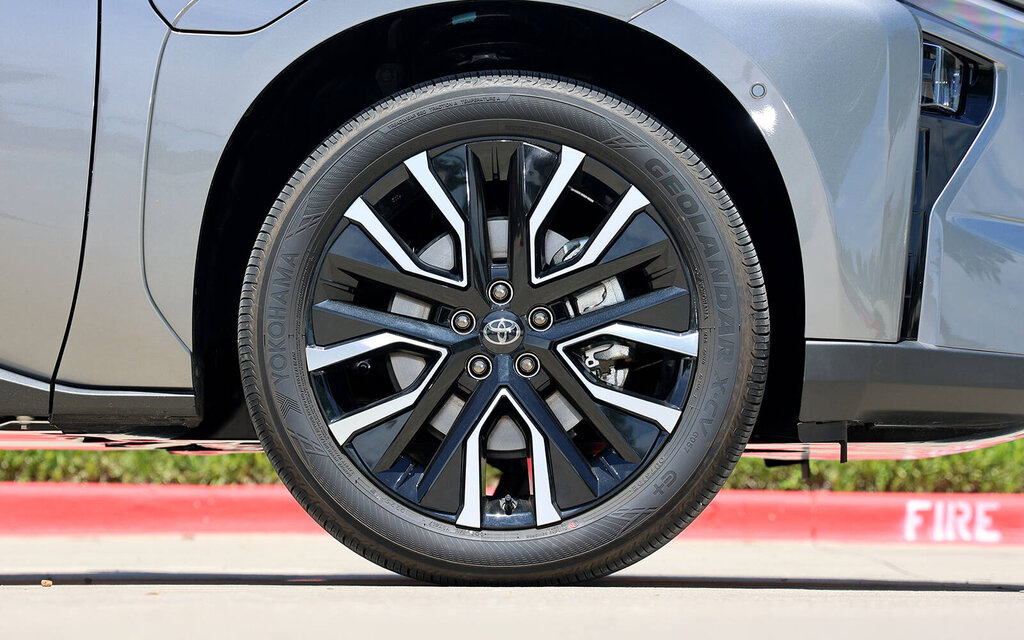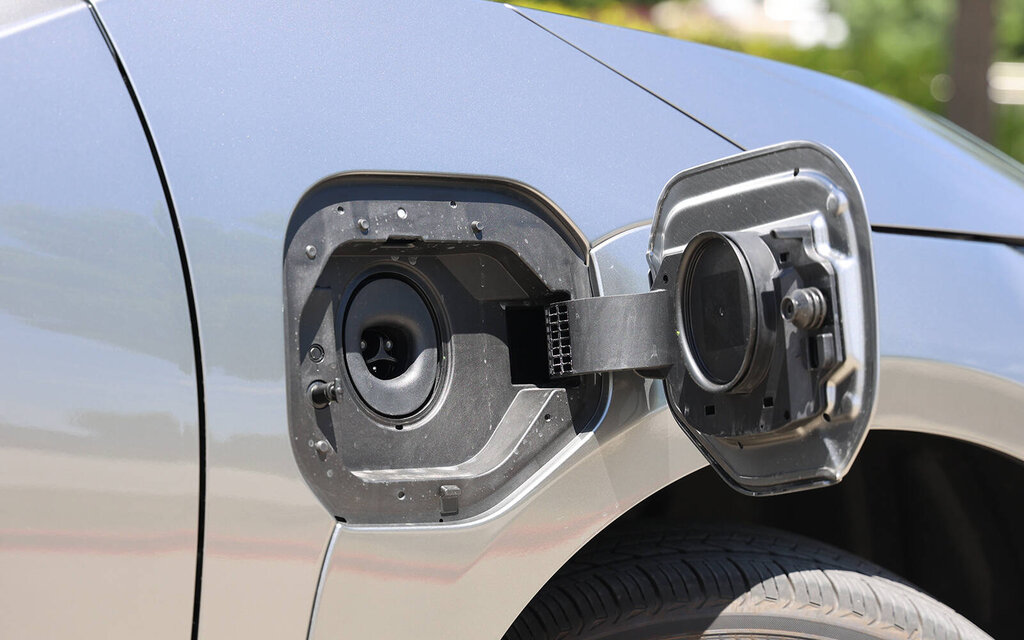2026 Toyota bZ: Significantly Improved and More Competitive
Disappointing range, software problems, poor cold-weather performance, staggering depreciation. All of this and more have disillusioned countless Toyota bZ4X customers who, until now, were accustomed to placing blind trust in the brand—often because they previously owned a Corolla, Camry or RAV4 that kept them highly satisfied.
Consequently, Toyota has somewhat tarnished its reputation by rushing its first electric vehicle just to be on the same bandwagon as the rest of the industry.
- Also: 2026 Toyota bZ Adds More Potent, Adventure-Ready Woodland Model
- Also: 2026 Toyota bZ Gets Key Upgrades Beyond Simpler Name
The good news is that the company was quick to go back to the drawing board, realizing that its product was far from perfect and that it couldn’t afford to keep it that way too long. Subaru, which sells essentially the same vehicle under a different name, even paused the Solterra for the 2025 model year. That says it all. Now, both are coming back for 2026 with a refreshed look and significantly upgraded technology. Sales will begin this fall.

Longer Range, Improved Charging Capability
We got the opportunity to do a brief test drive of the 2026 Toyota bZ during a media event in Plano, Texas that also included the debut of the all-new 2026 RAV4. Beyond the simpler name, the main thing we need to talk about is the increased range. The XLE AWD model achieves a manufacturer-estimated 460 km, which is a 25-percent improvement from the 367 km delivered by the outgoing dual-motor bZ4X. Most of the credit goes to the new, larger-capacity 77kWh battery.
Now, if you opt for the top-line Limited AWD model with 20-inch wheels, range will be shortened to 430 km. Alternatively, the base XLE FWD model equipped with a smaller 57.7kWh battery is good for 378 km. We’re curious to see how the vehicle will fare in real-world conditions, especially in winter.

On that note, although maximum DC fast-charging capacity is unchanged at 150 kW (the bZ can charge from 10-80 percent in about 30 minutes under ideal conditions), a battery thermal management system and new battery pre-conditioning function will combine to speed up charging sessions in cold weather, addressing a major shortcoming of the bZ4X. In other words, expect more efficient performance and a more pleasant charging experience, even when temperatures drop.
Oh, and let’s not forget to mention that the 2026 bZ gets a North American Charging Standard (NACS) connector allowing direct access to Tesla’s Superchargers. Naturally, customers will receive an adapter to use at CCS-type DC fast chargers and level 2 AC chargers.

Revised Interior
As we said earlier, our test drive was quite brief. When it comes to the interior, the new 14-inch touchscreen included as standard displays information and menus clearly and conveniently. The driving position is pleasant, while fit and finish has improved. Nothing major, mind you, but it definitely feels like Toyota has worked harder in that department.
Alas, the steering wheel rim once again hides part of the digital instrument panel at the base of the windshield, which benefits from a slightly new design for 2026, by the way. The equally new C-HR and bZ Woodland both have a similar cockpit, so this irritant is not exclusive to the bZ.

With more standard content than its predecessor, Toyota’s electric crossover must be taken more seriously by those looking for a versatile and spacious EV. Rear-seat space is remarkably generous, as is cargo room. Of course, the more adventurous and more family-oriented bZ Woodland takes top honours with an 850-litre trunk. This one’s sure to be a hit.
Toyota claims 0-100 km/h sprints in just 5.1 seconds with the new dual-motor bZ, which has gone from packing just 215 hp to suddenly producing 338 hp. The result is impressive to say the least—the bZ accelerates almost as swiftly as a GR Supra. One has to wonder why Toyota put so much emphasis on increasing output when customers were more interested in range and efficiency. Be that as it may, the bZ is now a properly fast EV and a real threat to segment leaders such as the Chevrolet Equinox EV and Hyundai IONIQ 5.

Let's be honest, the driving experience remains uneventful. Aside from its powerful acceleration, there’s nothing particularly exciting or rewarding about the bZ when you’re sitting behind the wheel. Sure, it’s comfortable and quiet, but steering is certainly not as responsive and handling is not as agile as that of a Ford Mustang Mach-E. Then again, that's not what customers wanted, either.
Pricing and Depreciation
Truth be told, what people wanted most of all was a trusted product worthy of the Toyota name—a reliable, energy-efficient vehicle with a high resale value.

Speaking of which, the company can’t jack up prices too much given that it offered discounts of up to $14,000 to unload remaining 2024 bZ4Xs. Transitioning from the 2025 bZ4X to the refreshed and improved 2026 bZ needs to be carefully planned to avoid any sticker shock while moving on from what was ultimately a mistake. If you think we’re being harsh on the bZ4X, even Toyota executives admit that the product wasn't up to scratch. The same goes for Subaru with the Solterra.
Let's hope that promises will be kept, that the vehicle will finally live up to them, and that prices (to be revealed later this summer) will be competitive. As for the bZ Woodland, it will go on sale early in 2026 at about the same time as the closely related Subaru Trailseeker.












